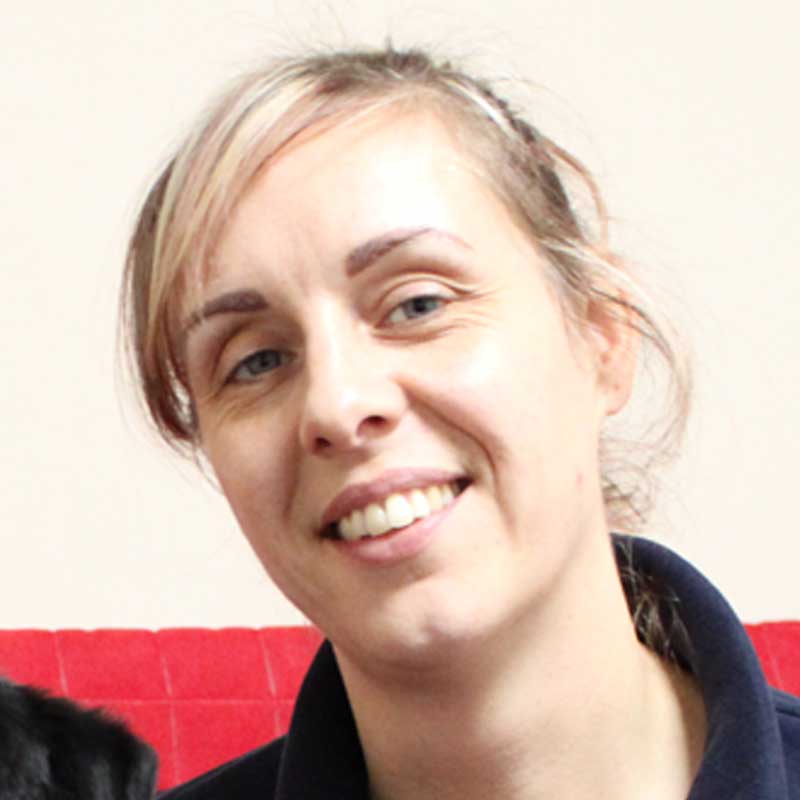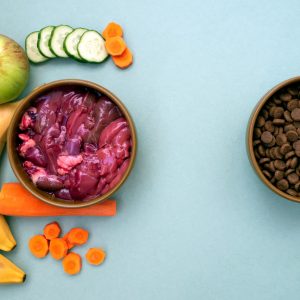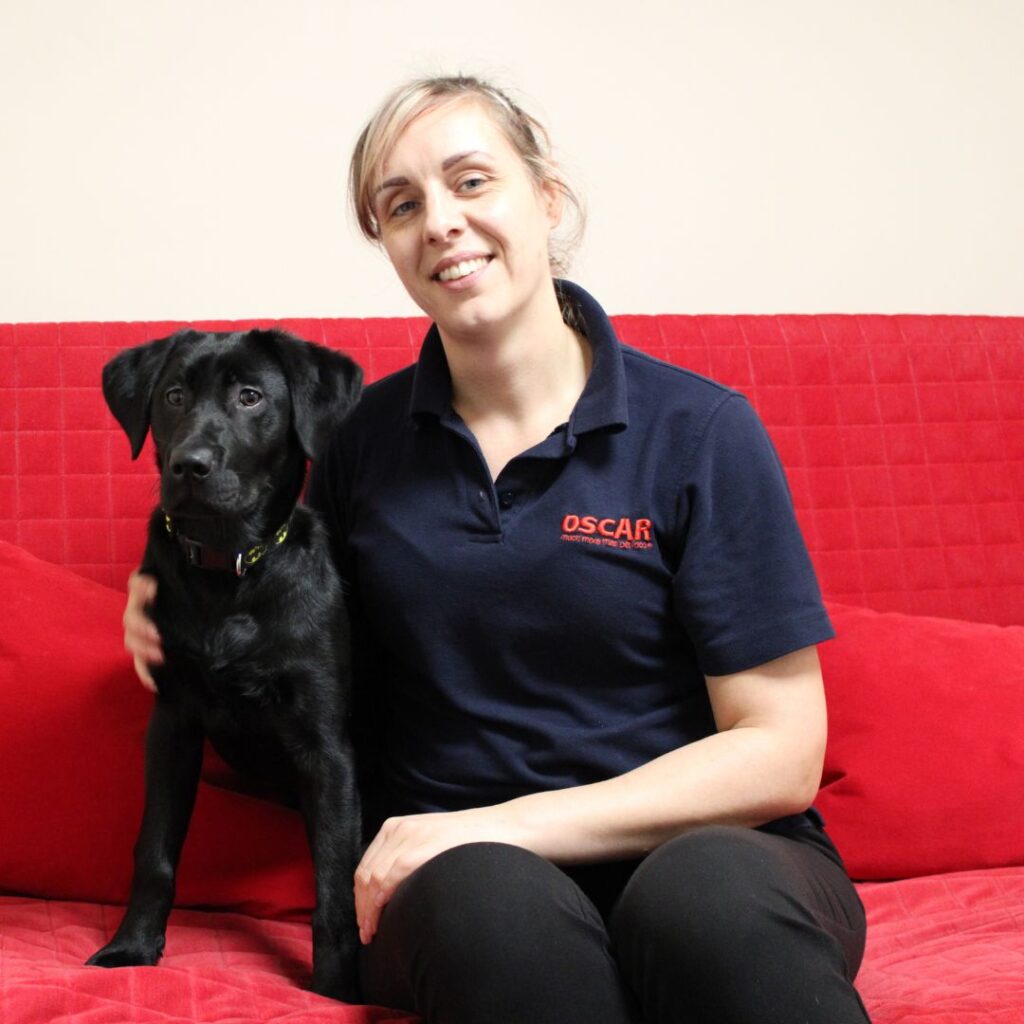Unfortunately, due to the vast selection of foods available to pets, the number of dogs becoming obese is rising these days, just as it is with humans. Obesity is the most common cause of malnutrition in pets.
What is Obesity?
Obesity is the development of excess fat in the body. It can happen as a result of excess energy intake (too many calories) which exceeds a dog or cats normal requirements. Obesity then develops when the food intake does not match the dog or cat’s activity patterns. Just the same for us humans, too many calories and too little exercise results in too big a waistline!
This is exasperated often by life stage. For example, a less active senior pet will require less energy intake than a junior dog or cat.

Health risks
Obesity is a big issue, arguably the biggest issue affecting the UK pet population. It brings with it some serious health complaints such as:
- Shortened life span
- Heart problems
- Lung problems
- Liver problems
- Kidney problems
- Restricted movements
- Arthritis
An over-weight pet may have a reduction in their quality of life too, as they are unable to exercise as easily and may have restricted movement. An obese pet may have less opportunity to have fun, as it is unable socialise with other pets and family members in and out of the home.
Reasons for obesity
- Inadequate exercise, increasing age, and genetic/breed pre-disposition can all be contributory factors for obesity. Neutering increases the risk of overweight conditions via several mechanisms.
- The age that the dog is neutered often corresponds with a natural decrease in the dog’s growth rate and energy needs, which may lead to weight gain.
- Neutered animals also tend to consume more food and to have a reduced basal metabolic rate, both of which can contribute to an energy surplus if food intake is not controlled.
- There are, of course, sometimes other underlying factors as to why an animal becomes obese, such as hypothyroidism and hyperadrenocorticism (Cushing’s Syndrome) but almost always, obesity is caused by the equations above.
Pets owners can be surprised to hear that their pets are overweight. Educating pet families what a correct body shape looks like, is just as important as managing their weight. That’s why the PFMA launched their Body Condition ‘Sizeometers’ for dogs, cats and small animals.
The Pet Food Manufactures Association (PFMA) have body score condition diagrams for owners to use as a guide to their dog and cats body shape. When checking the body score condition on a dog or cat, ideally you should be able to feel their rib cage through the skin but the ribs should not be easily seen.

An ideal diet
An ideal diet, then, is one that contains a balance of nutrients to aid weight loss, it will have less fat than normal adult maintenance foods (but still above the dog’s basic requirement for fat), and a high-quality, highly digestible source of protein to keep lean muscle mass and reduce body fat. This type of food also has a higher fibre level to provide appetite satiety, plus all the vitamins and minerals needed to keep the metabolism normal, even in the dieting animal.
How Oscar can help
Feeding your dog a complete diet, which is correct for its life-stage is important to ensure the correct nutritional balance for its age.
If your dog is overweight, it is better to change to a ‘lite’ diet such as OSCAR Pinnacle Plus, OSCAR Pinnacle of Life and High Fibre Lite. These diets have reduced calorie, protein and fat content to help with weight loss.
Weight gain can be avoided by carefully weighing out your dog’s meal every day. OSCAR provide a bespoke measuring scoop with your dog’s food to do this with. You may find that you need to cut down the amount of food your dog eats each day. Following the reduced feeding rate on the bag will help you to do this whilst still maintaining a healthy diet. Be careful not to reduce your dog’s daily feed rate too much or too quickly.
This article has been republished with permission from Shelley Audis-Riddell. The original article can be viewed on oscars.co.uk here.









